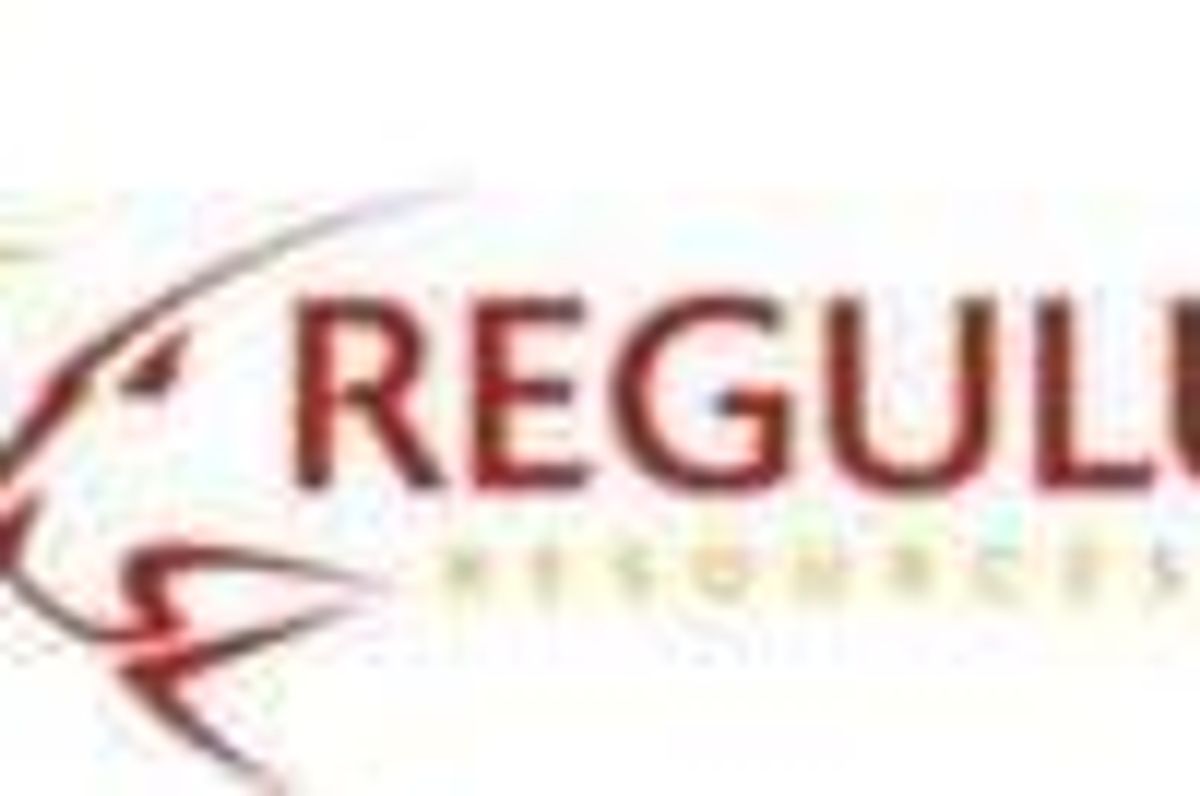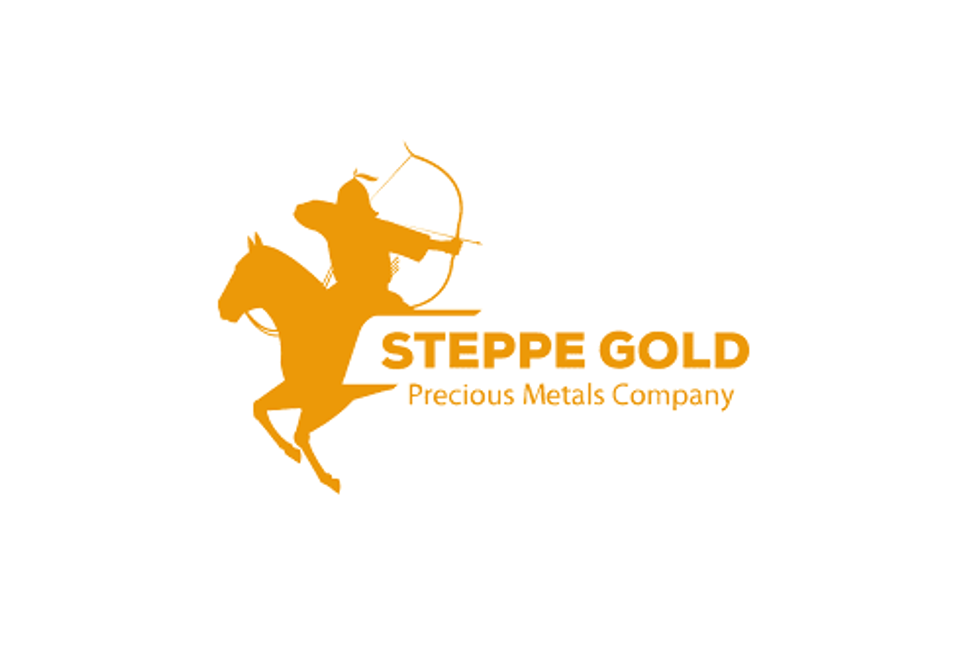- AustraliaNorth AmericaWorld
Investing News NetworkYour trusted source for investing success
- Lithium Outlook
- Oil and Gas Outlook
- Gold Outlook Report
- Uranium Outlook
- Rare Earths Outlook
- All Outlook Reports
- Top Generative AI Stocks
- Top EV Stocks
- Biggest AI Companies
- Biggest Blockchain Stocks
- Biggest Cryptocurrency-mining Stocks
- Biggest Cybersecurity Companies
- Biggest Robotics Companies
- Biggest Social Media Companies
- Biggest Technology ETFs
- Artificial Intellgience ETFs
- Robotics ETFs
- Canadian Cryptocurrency ETFs
- Artificial Intelligence Outlook
- EV Outlook
- Cleantech Outlook
- Crypto Outlook
- Tech Outlook
- All Market Outlook Reports
- Cannabis Weekly Round-Up
- Top Alzheimer's Treatment Stocks
- Top Biotech Stocks
- Top Plant-based Food Stocks
- Biggest Cannabis Stocks
- Biggest Pharma Stocks
- Longevity Stocks to Watch
- Psychedelics Stocks to Watch
- Top Cobalt Stocks
- Small Biotech ETFs to Watch
- Top Life Science ETFs
- Biggest Pharmaceutical ETFs
- Life Science Outlook
- Biotech Outlook
- Cannabis Outlook
- Pharma Outlook
- Psychedelics Outlook
- All Market Outlook Reports
Regulus Intersects 184m with 1.54 % Copper, 1.05 g/t Gold and 11.9 g/t Silver in First Drill Hole at Antakori Project, Peru

Regulus Resources Inc. (“Regulus” or the “Company”, REG TSX.V) is pleased to announce the results for drill hole AK-17-001, the first drill hole of the 15-18,000m 2017 drilling campaign at the Company’s AntaKori copper-gold-silver project in northern Peru. The drilling campaign is underway in collaboration with Compañía Minera Coimolache, the operator of the Tantahuatay gold mine, immediately to …
The AntaKori system hosts two principal styles of copper-gold-silver sulphide mineralization; 1) skarn and breccias within Cretaceous calcareous sedimentary rocks, likely associated with as-yet undiscovered porphyry mineralization; and 2) younger, epithermal high-sulphidation mineralization in overlying Miocene volcanic rocks and breccias that host the adjacent Tantahuatay heap-leach gold mine to the south. The younger high-sulphidation mineralization locally overprints the earlier skarn mineralization, particularly along the southern extent of the AntaKori system. Drilling has commenced on the southernmost margin of the Regulus concessions and will proceed to the north over the next few months as permitting allows (see Figure 1). The initial holes will encounter the overlying Miocene volcanic rocks and high-sulphidation style mineralization prior to entering into the Cretaceous sedimentary sequence and skarn at depth. As the drilling progresses to the north, the volcanic rocks terminate and drill holes will commence directly in the skarn/porphyry environment within the Cretaceous sedimentary sequence.
Drill hole AK-17-001 cut significant high-sulphidation epithermal pyrite-enargite mineralization in the Miocene volcanic sequence but was lost at a depth of 540.9 m prior to testing the lower skarn target (see Figure 2). AK-17-002, the second hole of the program, has been completed to a total depth of 893.5 m, cutting both styles of mineralization, with well-developed skarn in the Cretaceous calcareous sedimentary sequence. Assays are pending for AK-17-002 and will be reported when they are received in the next few weeks. AK-17-003 is in progress and is also designed to intercept both styles of mineralization (see Figure 1 for drill hole locations).
All of these initial drill holes are located to the south and outside of the currently reported 43-101 resource (see Southern Legacy news release of July 3, 2012; Wilson, 2012); which is very encouraging in terms of potentially adding additional tonnage to the AntaKori mineralized system.
Highlights from drill hole AK-17-001 – first hole by Regulus at the AntaKori Project:
- 183.9 metres with 1.54% Cu, 1.05 g/t Au and 11.9 g/t Ag from 250 metres depth, including
- 110.7 metres with 2.34% Cu, 1.63 g/t Au and 17.9 g/t Ag from 289.9 m depth, including
- 22.9 metres with 3.2% Cu, 6.09 g/t Au and 49.9 g/t Ag from 361.5 m depth; and
- 46.7 metres with 0.64% Cu, 0.13 g/t Au and 3.1 g/t Ag from 137.7 metres depth
- Mineralization style is high-sulphidation epithermal with pyrite-enargite hosted within Miocene volcanic rocks and breccias
The following table provides more detail regarding the mineralized intercepts encountered in drill hole AK-17-001.
Drill hole AK-17-001 was collared along the southern margin of the Regulus concession block and drilled at a -70 degree angle to the northeast (045 degree azimuth) into Regulus ground (see Figure 1 for location). The initial drill holes of the 2017 drilling campaign are located in similar positions along the southern margin of the Regulus concession block. As additional drill permits are received in the next few months, the drilling will progress to the north, towards the area of known mineralization based upon previous drilling.
AK-17-001 cut Miocene volcanic rocks and breccias to a total depth of 540.9 m where the hole was lost due to technical difficulties prior to entering into underlying Cretaceous sedimentary rocks and the skarn target area. The Miocene volcanic rocks and breccias host strong advanced argillic alteration and associated high-sulphidation epithermal pyrite-enargite mineralization which has been oxidized to iron oxides to a depth of approximately 76 m. Pyrite-enargite mineralization occurs as irregular to semi-massive veins and veinlets, as well as disseminations, void fillings and locally as clasts within post-mineral breccias. The mineralization style is not a typical high-sulphidation vein but more of a pervasively altered and replaced zone of mineralization within permeable volcanic rocks. The true widths of the mineralized intervals reported in Table 1 are difficult to ascertain and additional drilling will be required to constrain the geometry of the mineralized zones. Minor other copper sulphide and copper sulphosalt minerals are also present. The predominance of enargite and in places orpiment results in high As contents within the mineralized intervals.
Within longer runs of copper-gold mineralization there are shorter runs of notably higher grade as evident from the 23.9 m interval from 361.5-384.4 m depth with 3.2% Cu, 6.09 g/t Au and 49.9 g/t Ag. This zone contains semi-massive pyrite-enargite mineralization both as void fillings and fragments within a breccia. A portion of this higher-grade zone also contains significant zinc mineralization with the 14.95 m interval from 369.45-384.40 averaging 1.22% Cu, 7.56 g/t Au, 50.3 g/t Ag and 3.64% Zn. This zinc-gold rich zone is coincident with the presence of orpiment but is otherwise similar in nature to the other mineralized zones in the drill hole. More detailed mineralogical petrographic work is planned for this interval to confirm the zinc-bearing mineral phase.
Sampling and Analytical Procedures
Regulus follows systematic and rigorous sampling and analytical protocols which meet and exceed industry standards. These protocols are summarized on the Regulus website at www.regulusresources.com.
For Further Information, please contact:
Regulus Resources Inc.
John E. Black, CEO / Director
Phone: +1 303 618-7797 mobile
+1 720 514-9036 office
Email: john.black@regulusresources.co
Regulus Resources Inc. is an international mineral exploration company run by an experienced technical and management team, with a portfolio of precious and base metal exploration properties located in North and South America. The principal project held by Regulus is the AntaKori copper-gold-silver project in N. Peru. The AntaKori project currently hosts an inferred resource of 294.8 million tonnes with a grade of 0.48% Cu, 0.36 g/t Au and 10.2 g/t Ag based upon 17,950 m of drilling by previous operators (see Southern Legacy Minerals press release of July 3, 2012 – Southern Legacy Minerals and the Company entered into a business arrangement in 2014 and kept the name Regulus Resources Inc.). Mineralization remains open in most directions and drilling is currently underway to confirm and increase the size of the resource.
For further information on Regulus Resources Inc., please consult our website at www.regulusresources.com.
Qualified Person
The scientific and technical data contained in this news release pertaining to the AntaKori project has been reviewed and approved by John E. Black, (Member AusIMM), Regulus’ CEO, who serves as the qualified person (QP) under the definitions of National Instrument 43-101.
Neither the TSX Venture Exchange nor its Regulation Services Provider (as that term is defined in policies of the TSX Venture Exchange) accepts responsibility for the adequacy or accuracy of this release.
Forward Looking Information
Certain statements regarding Regulus, including management’s assessment of future plans and operations, may constitute forward-looking statements under applicable securities laws and necessarily involve known and unknown risks and uncertainties, most of which are beyond Regulus’ control. Often, but not always, forward-looking statements or information can be identified by the use of words such as “plans”, “expects” or “does not expect”, “is expected”, “budget”, “scheduled”, “estimates”, “forecasts”, “intends”, “anticipates” or “does not anticipate” or “believes” or variations of such words and phrases or statements that certain actions, events or results “may”, “could”, “would”, “might” or “will” be taken, occur or be achieved.
Specifically, and without limitation, all statements included in this press release that address activities, events or developments that Regulus expects or anticipates will or may occur in the future, including the proposed exploration and development of the AntaKori project described herein, the completion of the anticipated drilling program, the completion of an updated NI 43-101 compliant resource estimate and management’s assessment of future plans and operations and statements with respect to the completion of the anticipated exploration and development programs, may constitute forward-looking statements under applicable securities laws and necessarily involve known and unknown risks and uncertainties, most of which are beyond Regulus’ control. These risks may cause actual financial and operating results, performance, levels of activity and achievements to differ materially from those expressed in, or implied by, such forward-looking statements. Although Regulus believes that the expectations represented in such forward-looking statements are reasonable, there can be no assurance that such expectations will prove to be correct. The forward looking statements contained in this press release are made as of the date hereof and Regulus does not undertake any obligation to publicly update or revise any forward-looking statements or information, whether as a result of new information, future events or otherwise, unless so required by applicable securities law.
Figure 1. Drill hole locations – AntaKori Project.
Source: www.regulusresources.com
Outlook Reports
Featured Precious Metals Stocks
Browse Companies
MARKETS
COMMODITIES
| Commodities | |||
|---|---|---|---|
| Gold | 2381.36 | -1.50 | |
| Silver | 28.12 | -0.05 | |
| Copper | 4.33 | -0.01 | |
| Oil | 84.73 | -0.63 | |
| Heating Oil | 2.64 | -0.01 | |
| Natural Gas | 1.68 | -0.05 | |
Investing News Network websites or approved third-party tools use cookies. Please refer to the cookie policy for collected data, privacy and GDPR compliance. By continuing to browse the site, you agree to our use of cookies.








